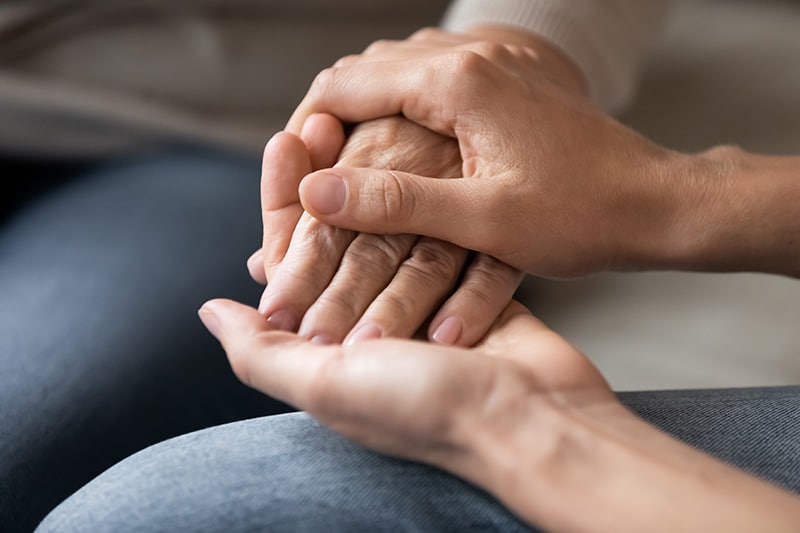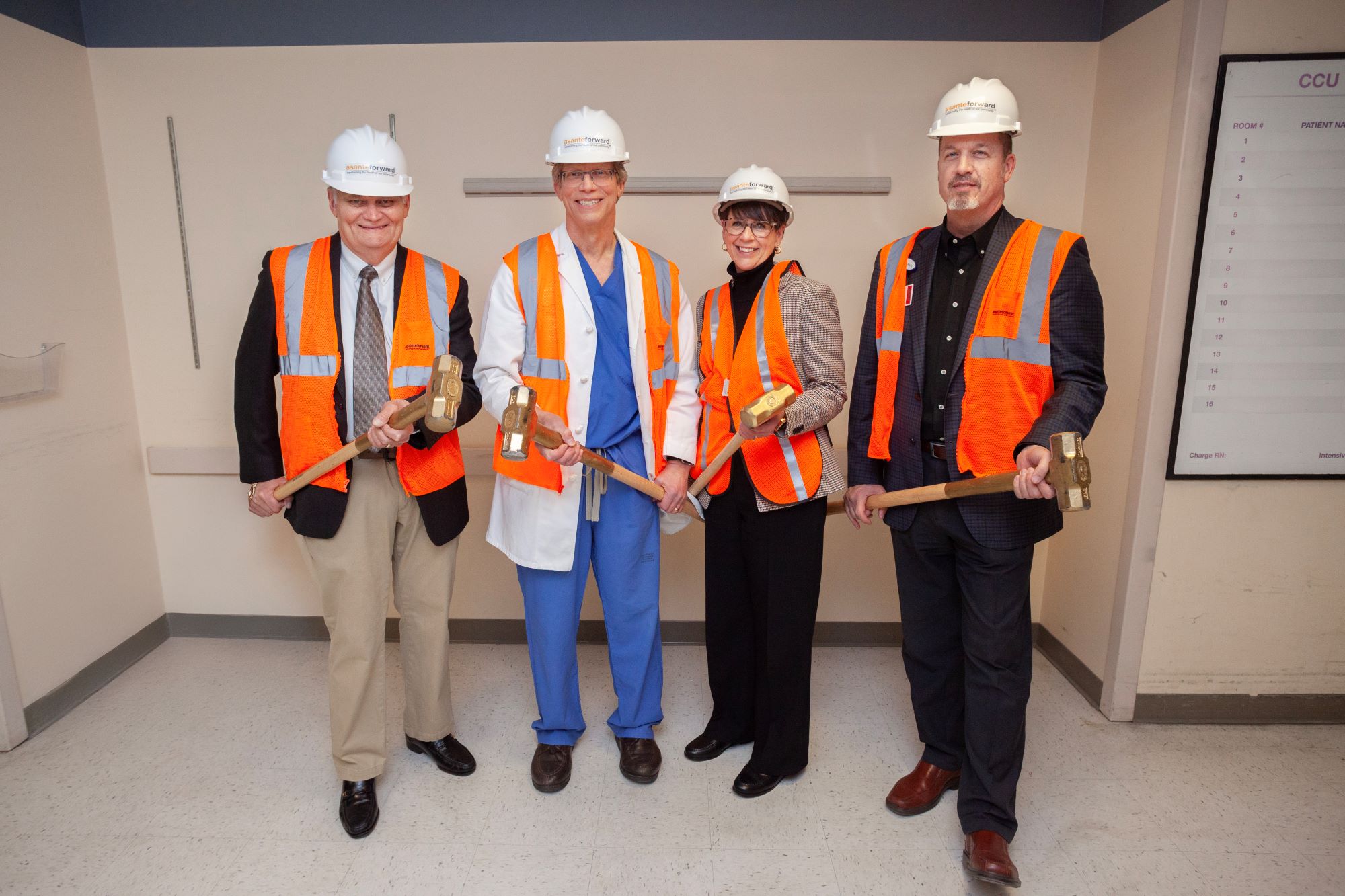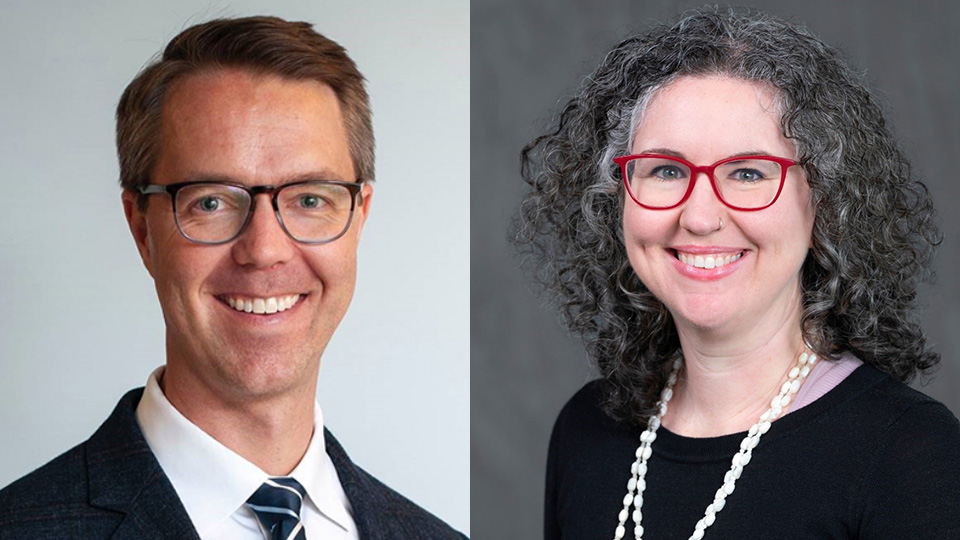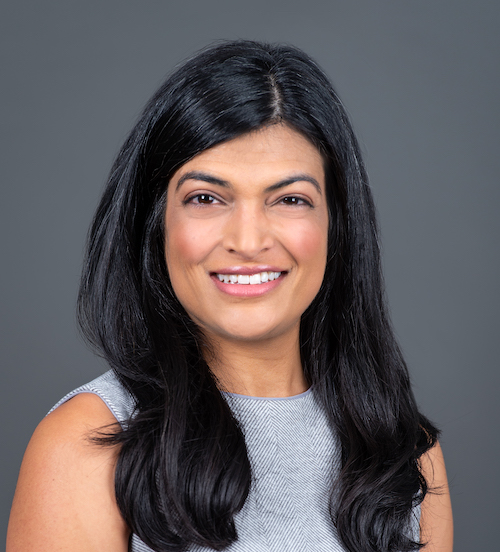Summary
The article outlines the pivotal role of nurse navigators like Melanie Dines in breast cancer care. They offer comprehensive support—educational, emotional, logistical and more—to guide patients through their treatment journey, ensuring personalized care and empowering them with knowledge and resources for better health outcomes.
The journey of a breast cancer patient relies on “several captains of the ship,” said Melanie Dines, RN, and one skilled navigator.
Dines’ job title isn’t a fanciful metaphor. Nurse navigators buffer breast cancer patients’ barrage of tests, steady patients’ surging emotions, clear a path toward treatment, boost patients over financial obstacles, help them sidestep minefields of misinformation and lead them through the maze of medications. Dines and other nurse navigators at Asante build tiers of educational, informational, logistical, emotional, financial and social support.
“My goal or role is to empower patients and family members with the knowledge to make decisions,” said Dines.
Educational support:
Awareness and assessment of person’s own breasts is the first step in cancer detection with an annual mammogram and physician’s exam considered standard prevention.
“I want everyone to know that breast cancer is extremely treatable, and that’s when it’s caught early,” said Dines.
A specific technique and schedule for breast self-exams is less important, said Dines, than simple familiarity with the size, shape, look and feel of one’s own breasts. Dines also dispels notions that mammograms are painful. While some discomfort is normal, pain is not.
And breast cancer isn’t just a women’s concern, she said, with men accounting for 3% of all breast cancers.
Informational support:
Dines’ office is the first stop when Asante breast health patients receive their pathology reports. The registered nurse explains the two main types of imaging — radiology and ultrasound — and why doctors recommend biopsies.
“I can tell them what the next steps are,” said Dines.
If physicians are not in the office, patients can contact nurse navigators for information.
“I am that perfect person to call if you have your breast pathology results, and you want to talk to somebody.”
Dines cautions patients, however, against surfing the internet to do their own research. Instead, the nurse navigator of 16 years recommends physician-moderated, reliable websites.
Logistical support:
Researching treatment options and scheduling appointments with the next provider, nurse navigators ensure patients aren’t “falling through the cracks,” said Dines.
Dines gathers patient information that streamlines the surgeon’s consultation. Surgery preferably occurs four to six weeks after a breast cancer diagnosis confirmed by biopsy, said Dines, although patients often wonder why they don’t first see an oncologist. Pathology reports resulting from surgery, explains Dines, gives oncologists information needed to advise further treatment.
And if patients feel dissatisfied with specific providers, Dines can advocate for patients and help them to problem-solve.
“Some of our older patients are used to the doctor making the calls, but … with the proper information from everybody on the team, it helps them make sense of which treatment they need to do and want to do.”
Dines even helps patients delegate everyday tasks — mowing the lawn or running errands — to friends and family.
Emotional support:
Consulting with patients’ families, Dines emphasizes that cancer treatment and recovery is unique to each person. She also scripts age-appropriate explanations of cancer for children.
“I always believe in family-centered care,” said Dines. “The biggest way of showing support is just being there and listening.”
As a patient’s disease and treatment progress, they ride waves of emotion — fear, anger and betrayal by their own body harboring the cancer, said Dines.
“And my job is to allow space for any feeling to arise.”
That’s why emotional support for patients, said Dines, overlays every phase of diagnosis, treatment, recovery and beyond.
“The first year of diagnosis, it can seem all-consuming.”
Financial support:
Cancer treatment can quickly consume patients’ financial resources. In concert with Asante financial navigators, Dines discusses a patient’s payment options, including grants that can make treatment more affordable, vouchers for imaging of patients who don’t have insurance and even fundraiser proceeds that help to pay for other tests.
Dines can identify chemotherapy at reduced cost and programs that make wigs and breast protheses more affordable. Over the Top is a free wig program through ACCESS, she said, adding that she also refers patients to a local hairstylist specializing in work with cancer patients.
Social support:
Connecting patients to community resources, Dines leads bimonthly support group meetings in person and online. While support groups can provide vital medical information, they primarily elicit sympathy and tips for tackling everyday challenges, like keeping a wig in place.
“The beauty of the support group is the sharing.”
For patients, particularly those newly diagnosed, who aren’t comfortable in the group setting, Dines can connect them with another patient whose diagnosis is similar. Patients often stay in support groups for about five years, and many seek other outlets.
Casting for Recovery is a free weekend fly-fishing retreat for any breast cancer survivor or patient. Riding Beyond is a free horseback riding and equine therapy program in Ashland. Art therapy encourages patients to creatively express their breast cancer journeys — and, for many, the route back to health mapped alongside a navigator.









